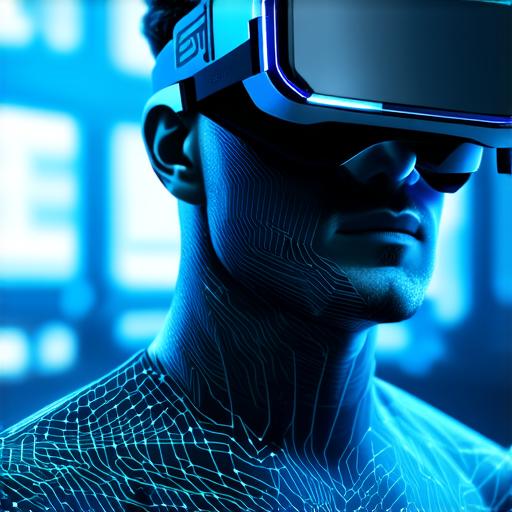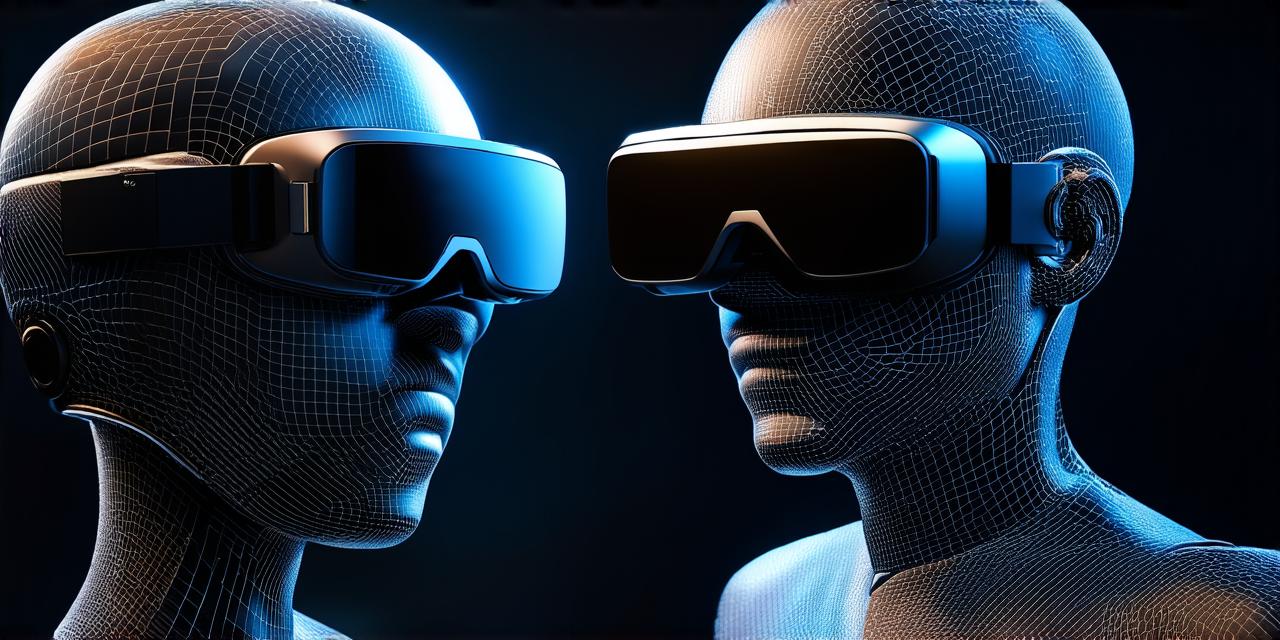Virtual reality (VR) technology is rapidly evolving and becoming more accessible to developers, gamers, and businesses alike. With the ability to create highly immersive experiences, VR has opened up new possibilities for storytelling, education, and entertainment.
1. Unity
Unity is one of the most popular VR development platforms, with a wide range of tools and resources for creating immersive experiences. With Unity, developers can create interactive 3D environments, add realistic lighting and textures, and integrate various VR controllers and input devices. In addition, Unity has a large community of developers and designers who share their expertise through tutorials, forums, and other resources.
One popular use case for Unity is in the development of educational and training programs. For example, medical students can use Unity to simulate surgical procedures or emergency response scenarios, allowing them to practice and improve their skills in a safe and controlled environment. Similarly, military personnel can use Unity to train for real-world scenarios, such as battlefield operations or search and rescue missions.
2. Unreal Engine
Unreal Engine is another powerful VR development platform that offers a range of tools and resources for creating immersive experiences. Like Unity, Unreal Engine supports 3D modeling, animation, and rendering, as well as integration with various input devices. However, Unreal Engine also includes advanced features such as real-time ray tracing, motion capture support, and advanced audio processing capabilities.
One of the key use cases for Unreal Engine is in the development of high-end gaming experiences. Many of the world’s top VR games, including “Beat Saber” and “Job Simulator,” are built using Unreal Engine. In addition, Unreal Engine has also been used in a number of other industries, such as architecture, product design, and simulation training.
3. A-Frame
A-Frame is an open-source VR development platform that allows developers to create immersive web experiences without the need for specialized hardware or software. With A-Frame, developers can create 3D environments, add interactive elements, and integrate various input devices such as controllers and motion tracking sensors.
One of the key advantages of A-Frame is its accessibility. Because it runs in a web browser, A-Frame experiences can be accessed from any device with an internet connection, making it easy for people to experience VR content without the need for expensive hardware or specialized software. In addition, A-Frame also supports server-side scripting, which allows developers to create more complex and interactive experiences.
4. Blender
Blender is a popular 3D modeling and animation software that has been adapted for use in VR development. With Blender, developers can create realistic 3D models and animations, as well as integrate various input devices such as VR controllers. In addition, Blender also includes advanced features such as particle systems, fluid dynamics, and physics simulation.

One of the key use cases for Blender in VR development is in the creation of interactive installations and art pieces. For example, artists can use Blender to create immersive environments that respond to user input, allowing visitors to interact with the artwork in unique and interesting ways. In addition, Blender has also been used in the development of educational and training programs, as well as in the creation of VR games and simulations.
5. SteamVR
SteamVR is a popular virtual reality platform that offers a range of tools and resources for creating and distributing VR content. With SteamVR, developers can create 3D environments, add interactive elements, and integrate various input devices such as controllers and motion tracking sensors. In addition, SteamVR also includes advanced features such as room-scale VR, wireless connectivity, and support for multiple monitors.
One of the key advantages of SteamVR is its accessibility. Because it runs on a popular gaming platform, SteamVR experiences can be accessed by millions of users around the world, making it easy for people to experience VR content without the need for specialized hardware or software. In addition, SteamVR also supports developer distribution, which allows developers to monetize their VR content through the Steam platform.
In conclusion, VR development is a rapidly evolving field that offers exciting new possibilities for storytelling, education, and entertainment.
